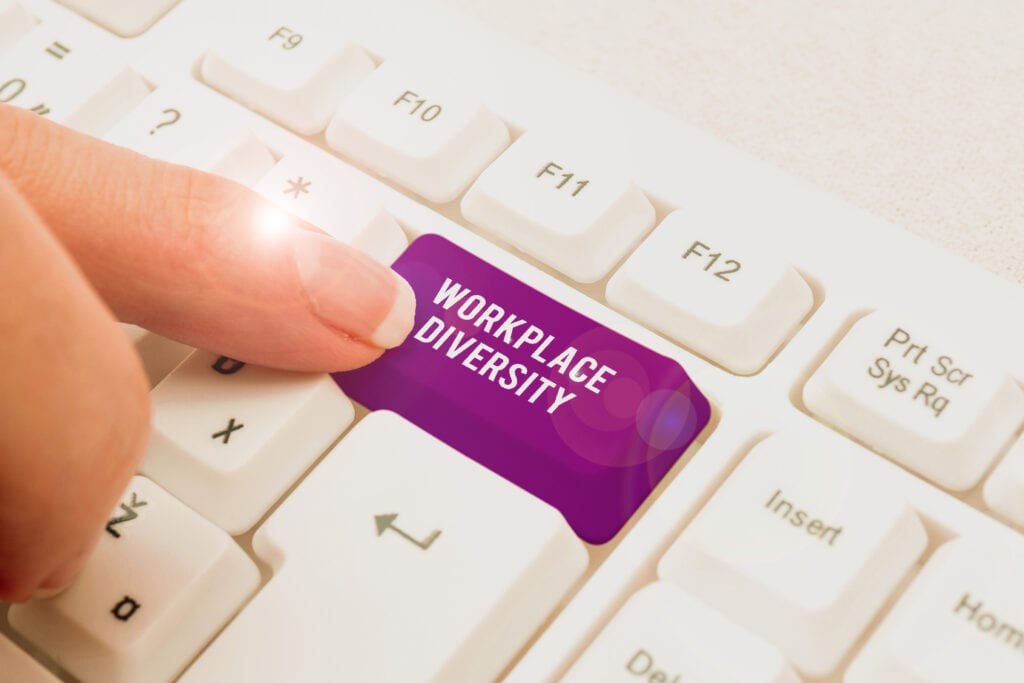
Photo 102926483 © Andrii Klemenchenko | Dreamstime.com
Do you see or hear any of this in your workplace? Managers faced with big expectations from early career team members about their career progression. Younger employees who are more open about mental health, social issues, and their dissatisfactions at work, but who may find it easier to quit a job than have an open conversation about their professional development needs.
In a recent study of 6,000 millennials, 50% reported that they feel insecure about their ability to succeed at work. They are more worried about whether or not their skills are enough compared to previous generations.
What kind of behaviours would you expect? Here’s one scenario (of course, everyone is different, so it could go any number of different ways):
Millennial (to self): “Okay, I need to share more of my ideas and perspectives to prove myself. I need to speak up more in meetings, come up with solutions, and not wait to be asked for my input. I don’t want to wait for a chance to show my value to the team.”
Generation X colleague (to self): “Why are they always so keen to speak up? I didn’t ask for any input yet, but they keep interrupting. It seems arrogant to me; do they think their opinion is more important than anyone else’s?”
There’s so much potential for misunderstanding and conflict.

Photo 254332059 © Niall Wiggan | Dreamstime.com
Age differences are another dimension of diversity: are your leaders and managers empowered to resolve conflict quickly and productively and create supportive, effective teams when there’s no guarantee we’re coming from a common set of assumptions?
In the rest of this blog post, we’ll explore what we need to do to support relationship and team building across different age groups in the workplace. Essentially this is about empowering managers to hold and model courageous conversations, build psychological safety and manage boundaries (their own and with their teams). That means most of these tips are relevant for welcoming and embracing all kinds of diversity in the workplace.
1. Avoid falling back on stereotypes

Photo 1546650 © Alexander Ryabchun | Dreamstime.com
I know this sounds obvious, but I hear a surprising number of people make assumptions about colleagues based on their age. It’s easy to put a label on an older colleague and assume they’ll be more resistant to change or assume that all of Gen Z are equally willing to talk about their mental wellbeing. You wouldn’t expect to go to Denmark and immediately understand all the cultural norms. Why should we expect to understand the culture and norms our colleagues come to the office with? Or that everyone born in Denmark will have the same outlook on life.
It’s also unhelpful to assume someone’s behaviour is down to their age or their generation. It is easier to ‘blame’ someone’s generation, but it stops us from finding out what’s behind the behaviour and what support that individual might need to truly flourish at work.
2. Pay attention to communication

Photo 125219488 © Pras Boonwong | Dreamstime.com
It’s not that we need to manage each generation differently, it’s that we need our leaders and managers to communicate effectively with everyone.
The methods we use to communicate (email, phone call, SMS, in person meeting) are even more important with so many hybrid teams. Managers need to find out what their people’s expectations and communication preferences are, they may also need to introduce some guidelines. Rather than meeting everyone’s preferences, it may work better to agree how to best communicate to achieve different goals.
Email may be more efficient for follow up after a meeting, Slack or chat platforms may be better for questions and polling group expertise, while a phone or video call will be more effective for alignment on a new project.
3. Stay curious: “Help me understand how you see things differently.”

Photo 161359118 © Wirestock | Dreamstime.com
Leaders and managers need to ask questions and seek to understand what their different team members need to do their best work. By modelling this, they will also encourage colleagues to have these kinds of conversations with each other.
It’s tempting to say (or think) something like “I don’t understand why you think like that or do it like that”. A more open way to start a conversation would be “Please help me understand how you see things differently,” and I’d strongly encourage your leaders to ask the question rather than make assumptions or judging their people for thinking or doing the ‘wrong’ thing.
4. Flexibility at work

Photo 279648163 © Ujjal Shah | Dreamstime.com
Something most employees seem to agree on is that they value flexibility in their working hours and working arrangements. However, what flexibility they most want varies a lot from employee to employee, so a one size fits all approach isn’t going to work.
For parents, especially single parents, being offered flexibility in how and when they work can make the difference between being able to work or not. For all groups, the right kind of flexibility can reduce stress and allow them to contribute their best. Different groups will have different requests for flexible working include those caring for elderly relatives, anyone returning to studying, or those at retirement age who aren’t ready to stop work yet.
5. Support everyone to be heard

Photo 157568700 © Dedmityay | Dreamstime.com
Age is no different to any other kind of diversity: different experiences lead to different ways of approaching problems and a lot more creativity among your people. For this to work, those different experiences and perspectives need to be encouraged and shared.
Leaders and managers need to approach teamwork with the idea that our differences create lots of opportunity to learn. If older employees tend to dismiss the perspectives of younger team members, create space to hear from the younger people. Equally, if younger employees make assumptions that older colleagues ‘are too cautious’ or ‘don’t understand new technology’, take a coaching approach to guide them towards greater understanding and better outcomes.
6. Building psychological safety

Photo 265602089 © Andrii Yalanskyi | Dreamstime.com
All of these tips come down to increasing psychological safety. Creating a culture where your people can have open conversations and respectfully disagree allows them to do their best work. This isn’t unique to differences in age, it applies to all kinds of diversity and all kinds of people in all kinds of workplaces.
A manager’s role is challenging. To get the best from their people and the benefits of diverse thinking, a manager needs to encourage open discussion while being sensitive around the different needs and boundaries of their people (including themselves!) That doesn’t mean always agreeing to requests. Sometimes it involves revisiting our shared goals as a group and sometimes it involves saying no.
In practice: The Importance of Courageous Conversations

Photo 6505099 © Briana Hunter | Dreamstime.com
We delivered some training a few months ago on courageous conversations, a topic we often work on with clients. Part of the goal was to support their early-career managers by addressing their fears and doubts about initiating challenging conversations. Senior colleagues also benefit from this kind of training – having open conversations can be challenging at any point in our careers.
Our training sessions are very interactive and give an ideal opportunity to experiment with colleagues in a similar position, allowing participants to create new behaviours to take back to their day-to-day role.
By the end of the workshop, I could hear the difference among the participants. They were:
- using the tool we shared to help separate the person from the problem
- no longer expecting a difficult conversation, and instead looking for a win-win
- more confident to set and agree expectations with others around work
Are you interested in training for your leaders and managers in having courageous conversations and managing conflict productively?



